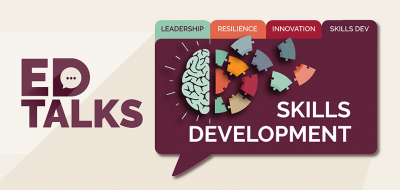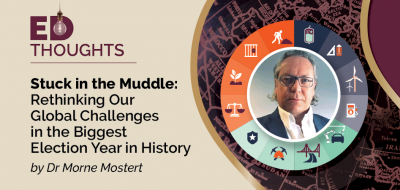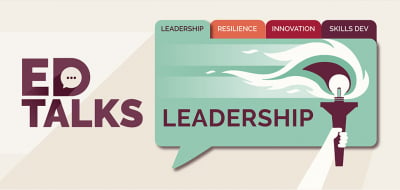Ever wish there was a dress rehearsal for life? There is! It’s called scenario planning and it’s based on the philosophy that, at any given point in time, multiple futures can be imagined. By thinking about and ‘rehearsing’ these plausible futures, you can put operational plans in place to potentially prevent the scenarios you dislike and bring about the ones you prefer. So, you can become an active participant in creating the future you – and your business – want.
What is scenario planning? Is it different to trend analysis and forecasting?
Trend analysis drills down into a particular trend, like the adoption of online shopping.
Forecasting is a wide term, but it is mostly used by people focusing on one or more quantitative concepts. They build models based on past and present data and then extrapolate this into the future. An example of forecasting is the UN projections on the population size of Africa in 2050.
Scenario planning is different. It teaches you to not speak about the future. Because there are multiple potential futures.
Scenario planning takes both qualitative and quantitative aspects into account. These inform the multiplicity of future scenarios that are plausible at any moment in time. Some scenarios will be more preferable than others.
It is good practice to imagine good and bad scenarios; that way we can ‘rehearse’ what each of the futures look and feel like and start putting measures in place to either prevent the scenarios that we do not prefer or to enable the ones that we do prefer. Envisioning these is one of the reasons why certain businesses succeed.
What’s the methodology behind scenario planning?
As with many other thinking tools, there are a few different methodologies. But, most of these methodologies have the following in common:
- Define the problem: what is it you REALLY should think about? This step is harder than it sounds.
- Draw the boundaries: in terms of geography, industry, timeline, etc.
- Do the research: find the drivers of change that could influence the scenario field over the time you’ve chosen.
- Analyse the drivers of change: what’s their perceived level of certainty, the pace at which they’re changing, their influence on the system and each other? Note, this is where trend analysis fits in. By diving into trends, you can start to picture how they may develop and influence each other.
- Generate sets of scenarios: Create stories about what could happen going forward.
- Ask What now?: Make plans to communicate the scenarios and design action plans around them.
How can scenario planning benefit business leaders?
Best practice is that scenario planning informs business strategy. Decision-makers play a big part in how futures unfold. They make decisions, assign resources and design processes. Through scenario planning, leaders can be more informed than they imagined possible. This means they can foresee bad outcomes and execute proactive risk mitigation, or they could spot emerging opportunities faster.
Thinking about multiple plausible futures can be overwhelming, but it’s critical that leaders don’t disengage. You might think everyone else seem to be coping fine in this increasingly complex environment, but we’re all in the same proverbial boat. And we need to be honest about it. The complexity won’t disappear just because we block it out. So, we need to engage with it.
Over the two days of our USB-ED Masterclass in Scenario Planning, participants usually change a bit. They engage and debate with each other. They realise they can do this. Complexity is tamed to a more manageable level and that’s an empowering take-away. Plus, everything seems less daunting when you’re solving it together, and that’s another core lesson for leaders.
Engage with stakeholders, both inside your business and outside of it. Realise you’re not alone and invite people to grapple with the futures together. Don’t just invite current stakeholders but potential future ones as well, based on your assessment of how the system may evolve going forward.
How scenario planning fits into the strategic management process:
Joseph Voros’ model below explains this well. Generating scenarios is part of the foresight process and should feed into the overarching strategic business plan. As always, much of it comes down to asking the right questions.

This process might look linear, but it’s not. It needs to form a circular, continuous feedback loop as your foresight evolves and different futures unfold.
Learn how to prevent failure by scenario planning your business’ future and sign up now for our Masterclass in Scenario Planning short course, running from 5 – 6 August 2019.
written by





